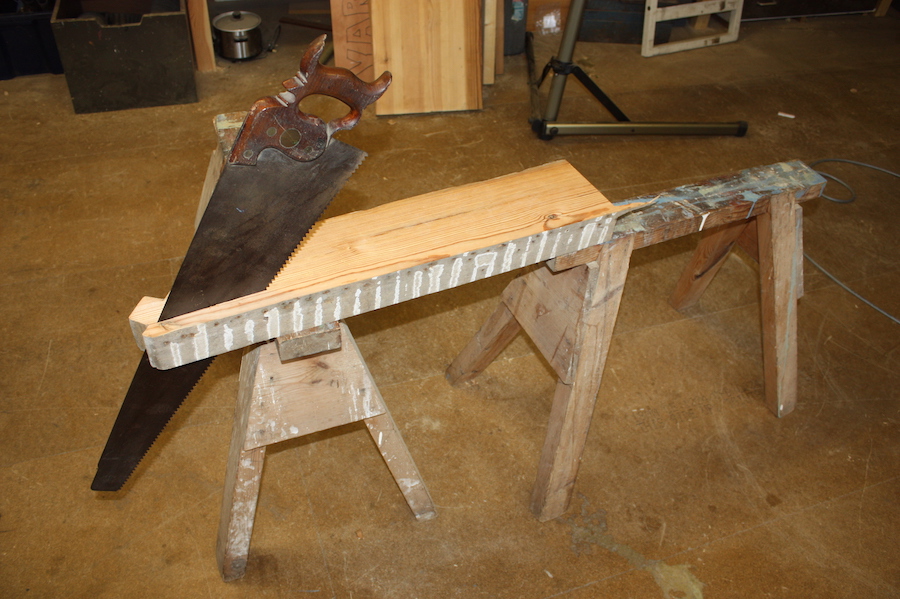I rip only with hand saws as I don't own (and have no plans to own) any power saws. I do mostly work quite small and primarily in softwoods but this won't change as I move to using more hardwoods.
Ripping by hand is perfectly viable if you decide it's perfectly viable. You just need to look at what was done and is still done entirely using hand saws all over the world. It's physically possible for most of us, so barring a physical limitation that would prevent it the mental side of it is the key thing and that's a different story. Just as not everyone who
can thickness all their stock by hand can accept the time and labour that it requires, even if they have the time and are capable of the labour.
LFS19":ds82jvor said:
My main concern is time taken. As I say I don’t know how much quicker it will be once I’ve sharpened the saws, but the prospect of making say, even a small table, and ripping every part by hand I worry has the potentiallity to take up all of your time.
You're going to get more feedback on this here I'm sure but in the meantime if you search around online you can find blog posts and articles that'll give you a realistic idea of how long rips in thicker, harder woods might take. It can of course be quite significant in thicker and harder stuff, but it's not
aaaages if the stock isn't particularly thick and the cuts aren't really long.
With a sharp rip saw you will find ripping a completely different experience to doing it with some blunt old thing. And sharpening rip is a doddle. But I've had a couple of rip panel saws and even freshly sharpened I don't find they cut as fast, or track as well, as my first-fix Predator saw from Spear & Jackson. There are numerous other fans of these saws here. While I haven't had the opportunity to compare to a 'proper' rip saw of 5ppi or so, in direct comparisons with panel saws of similar and the same tooth count as the Predator there's no comparison for me. The modern saw's tooth geometry allows it to cut on both the pull and the push strokes and it cuts very much faster in everything I've tried it on, including some tough hardwoods. Not twice as fast but not far off it.
Now all that said, if I had a circular saw I'd be doing my best to use it as much as possible! Especially for ripping thicker stock and doing any and all particularly long cuts I'd be seeking to overcome the difficulties there as the easiest and most efficient route to getting things done.





































